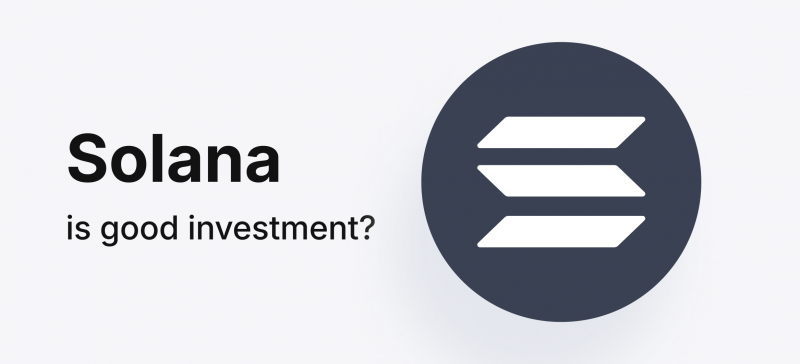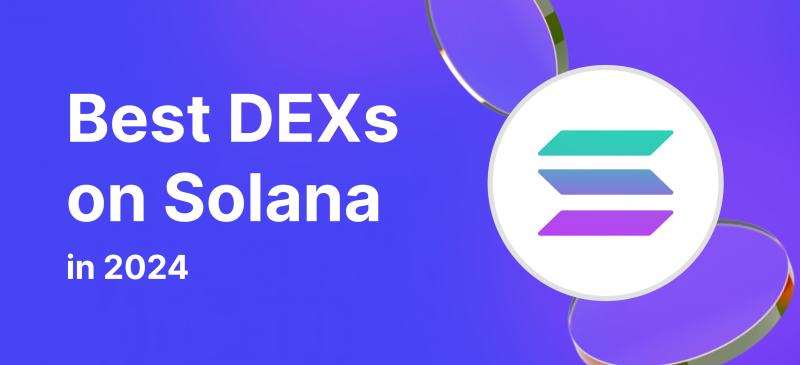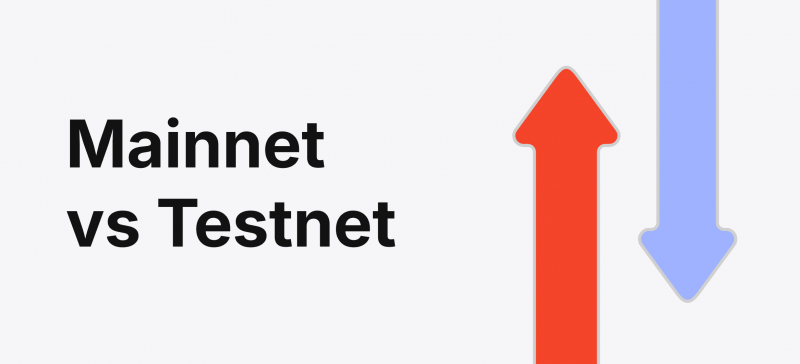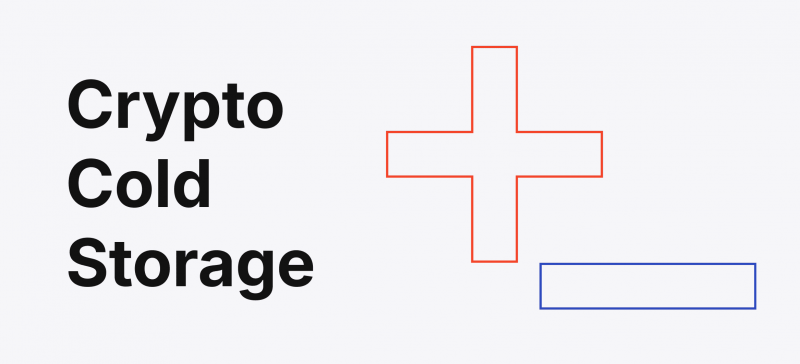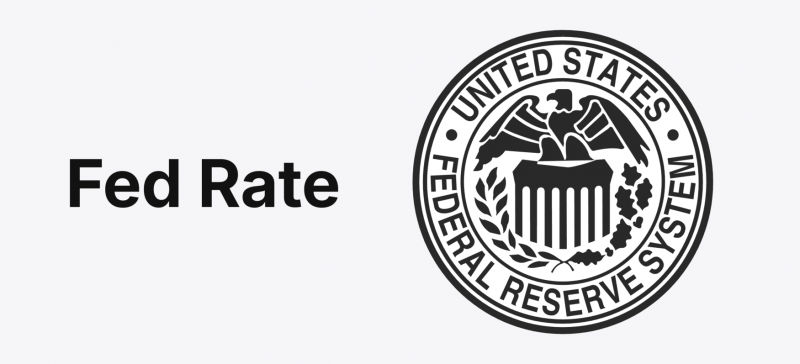Solana (SOL) has rapidly risen through the ranks of blockchain platforms, establishing itself as a high-performance network capable of processing thousands of transactions per second.
The platform is built to support dApps and DeFi solutions, with its native token, SOL, playing a central role in transactions and network security. As the crypto market evolves, attention has turned toward Solana’s future plans to understand what will drive its price.
This article provides an in-depth look at Solana’s trajectory, exploring the key elements of its development roadmap, factors influencing the price of SOL, and the platform’s outlook for the future.
We will examine how the Solana blockchain development team plans to enhance the network’s scalability, security, and adoption and how these efforts may affect the price of SOL.
Key Takeaways
- Solana is a high-performance blockchain that leverages unique technology to achieve fast transactions and scalability, making it a strong contender in DeFi and NFTs.
- The Solana roadmap 2024 focuses on upgrades like Token-22, enhanced security, and interoperability.
- SOL’s price outlook for 2024 is optimistic, with analysts predicting significant growth, but it depends on factors like market conditions, regulatory developments, and adoption.
- The potential approval of a Solana ETF in 2025 could be a key driver of SOL’s price.
What is Solana?
Solana is a layer-1 blockchain platform designed to solve the scalability issues plaguing many other blockchains, notably Ethereum. It uses an innovative Proof of History (PoH) consensus mechanism and Proof of Stake (PoS) to achieve high throughput and low latency.
Solana can process more than 50,000 transactions per second, a significant advantage over ETH’s average of 15 to 30. The result is a blockchain that offers lower fees, faster processing times, and a scalable infrastructure suitable for various applications, including DeFi, NFTs, Web3, and gaming.
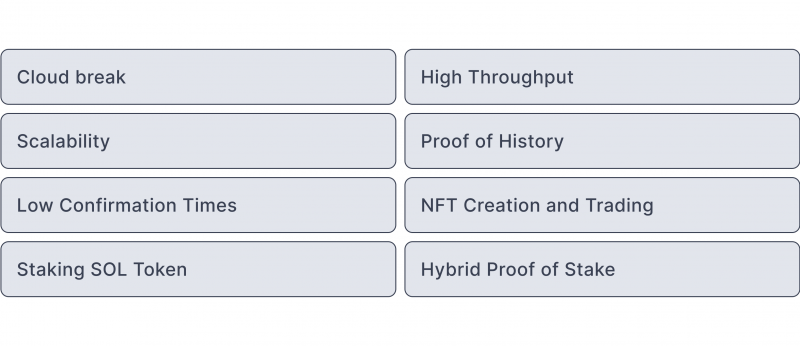
Founded by Anatoly Yakovenko in 2017, Solana officially launched its mainnet in 2020. The platform has attracted developers due to its ability to handle large transaction volumes without sacrificing decentralization or security.
The SOL token is central to this ecosystem and is used for transaction fees, staking, and governance. With a total supply of 566 million tokens, SOL has established itself as one of the top cryptos by market cap, with a particularly bullish Solana price outlook for 2024-2025.
Solana’s Development Roadmap and Upcoming Upgrades
As the Solana network continues to evolve, its development team remains focused on addressing the platform’s current limitations while capitalizing on emerging opportunities within the blockchain space.
The Solana roadmap 2024 emphasizes scalability, security, and ecosystem growth, all of which are critical to ensuring the platform’s long-term success. Let’s dive into the key upgrades and initiatives that are shaping the future of Solana.

A Focus on Scalability and Performance
The Solana development roadmap for 2024 emphasizes scalability and performance, with the network aiming to improve its already impressive transaction capabilities.
While Solana can currently handle over 50,000 transactions per second, the team is exploring further enhancements to ensure the platform can accommodate future growth.
This includes the implementation of sharding, a process that allows data to be split across multiple chains, reducing congestion and enabling parallel transaction processing.
The introduction of Token-22 is also a key part of Solana’s future plans. This new token standard will offer enhanced functionality for secure payments, royalties, and ownership transfers, particularly within the burgeoning NFT and gaming sectors.
Token-22 is expected to help developers create more versatile applications and facilitate smoother user experiences within the Solana ecosystem.
Security Enhancements
Security is a top priority for the Solana blockchain development team. While Solana’s speed and low fees are its key selling points, the platform has faced scrutiny due to past outages, particularly during periods of high demand.
To address these concerns, Solana plans to introduce more rigorous security protocols, including third-party audits and deploying cutting-edge cryptographic techniques.
This will help to safeguard the network against potential vulnerabilities and ensure that Solana can meet the growing demand for dApps and financial services.
Interoperability with Other Blockchains
As part of its 2024 roadmap, Solana focuses on enhancing interoperability with other major blockchain platforms like ETH and Polygon. Solana can improve liquidity and foster a more interconnected decentralized finance ecosystem by enabling assets to move freely between blockchains.
This move toward interoperability will benefit developers and users alike as it opens up a broader market and new possibilities for cross-chain applications and services, making Solana a more versatile platform in the multi-chain world of DeFi.
Governance and Community Involvement
Solana’s governance model is designed to be decentralized and community-driven, allowing SOL token holders to have a say in key decisions.
In 2024, the platform continues to refine its governance structure, ensuring that the community plays an active role in shaping the future of the network. Solana aims to build long-term trust and sustainability within its ecosystem by fostering greater community involvement.
Solana’s Price History
Solana’s price history reflects the volatile nature of the cryptocurrency market. SOL debuted in April 2020 with an initial price of just under $1. However, its rapid rise through 2021 saw it reach an all-time high of $260 in November, as interest in DeFi and NFTs surged. This dramatic price increase was driven by growing adoption and development activity within the Solana ecosystem.

However, like many cryptocurrencies, SOL was not immune to the bear market of 2022. The collapse of FTX, a major player with deep ties to Solana, triggered a sharp decline in SOL’s value, pushing the price below $10 by the end of that year.
Despite these challenges, Solana proved resilient. By late 2023, the price had recovered to over $120, driven by renewed interest in DeFi and the platform’s growing number of applications.
As of October 2024, SOL is trading at over $170, marking a 400% increase from the previous year. The Solana price outlook remains bullish, with many analysts predicting continued growth as the platform expands and improves.
Key Factors Influencing Solana’s Price
Several critical factors will shape the price trajectory of Solana in the coming years. Below, we explore the key elements likely to drive SOL’s price and growth potential in the evolving blockchain landscape.

Adoption and Ecosystem Growth
One of the most significant factors influencing Solana’s price is the adoption of its technology by developers and businesses. As more projects build on the Solana blockchain, the demand for SOL increases, driving its price upward.
The platform’s ability to support high-throughput decentralized applications has made it a popular choice for DeFi projects, NFTs, and gaming applications.
Strategic partnerships with major players in the blockchain and fintech industries have further bolstered Solana’s ecosystem growth. For example, in August 2023, Solana Pay integrated with Shopify, allowing merchants to accept USDC as payment.
In September 2023, Visa selected Solana to participate in its expanded stablecoin settlement program, which aims to make cross-border payments faster and cheaper.
Technological Innovation and Performance Upgrades
Solana’s ongoing technological improvements are crucial in maintaining its competitive edge. With the introduction of Token-22 and other key upgrades outlined in the Solana roadmap for 2024, the platform aims to enhance its security, efficiency, and functionality.
These developments will likely boost confidence in the platform, leading to greater demand for SOL and, consequently, higher prices.
Solana ETF
The potential approval of a Solana ETF could significantly influence SOL’s price. An ETF would allow traditional investors to gain exposure to Solana without directly purchasing and holding SOL tokens.
This could lead to increased institutional interest and liquidity in the market, driving the price of SOL. While regulatory hurdles remain, approving such a financial product would mark a significant milestone in Solana’s journey toward mainstream adoption.
Market Sentiment and External Factors
The broader cryptocurrency market sentiment is also critical in determining Solana’s price. External factors such as regulatory changes, macroeconomic conditions, and interest rate decisions by central banks can all impact investor confidence and, by extension, the price of SOL.
For instance, the Federal Reserve’s decision to cut interest rates has boosted the demand for digital assets, including Solana, as investors seek alternatives to traditional investments in a low-yield environment. Similarly, fears about the weakening US dollar have increased interest in cryptocurrencies, further supporting Solana’s price growth.
Regulatory Environment
Regulatory clarity is essential for the future of Solana and the wider DeFi ecosystem. Clear and favorable regulations could boost the adoption of Solana’s blockchain, as it would create a more stable environment for developers and investors. On the other hand, restrictive regulations could stifle innovation and limit the platform’s growth potential, negatively impacting the price of SOL.
The status of Solana’s compliance with global regulatory frameworks, particularly in regions like the United States and Europe, will be closely watched by the market. How Solana navigates this complex landscape could significantly influence its future valuation.
Solana’s Price Outlook for 2024 and Beyond
Solana’s price outlook for the rest of 2024 is positive, driven by technological upgrades and growing adoption across sectors like DeFi and NFTs. Analysts predict continued growth, though factors like regulatory developments and market conditions will influence the trajectory. Let’s explore the projections and what might impact Solana’s future value.
2024 Price Prediction
In 2024, the platform’s continued development, strategic partnerships, and increasing adoption have led many analysts to predict a significant SOL value rise over the next year. Some estimates suggest that SOL could reach new highs, potentially revisiting or even surpassing its previous all-time high of $260.
If Solana’s upgrades and expansions go as planned, the price could range between $250 and $300 by the end of 2024.
Solana Price Prediction for 2025 and 2030
While SOL price prediction varies widely, the general consensus is that the platform has significant potential for long-term growth. Some experts predict that SOL could reach a high of $750 by 2025, assuming continued development and adoption.
However, regulatory changes and competition from other blockchains could hinder growth, resulting in a more conservative price estimate of around $209 to $459.
By 2030, optimistic forecasts place SOL’s price between $987 and $1,672, reflecting its potential to become a leading player in the DeFi and NFT spaces.
However, as with all cryptocurrencies, Solana’s future price is subject to significant volatility, market conditions, regulatory clarity, and Solana’s ability to overcome challenges such as network outages and competition from other blockchains like Ethereum and Binance Smart Chain. That is why long-term predictions should be taken with caution.
What is Solana’s Future?
Though many experts forecast a rather optimistic future for SOL, there exists a possibility for the two scenarios—bullish and bearish. Let’s explore them.
Bullish Scenario
In a bullish scenario, Solana could continue replicating Ethereum’s success by building a thriving ecosystem of innovative projects, meme coins, and active developer communities. Solana has already proven itself to be a key player in the meme coin market, with projects like BONK and Samoyedcoin gaining traction in the past year.
If Solana can maintain this momentum, it could carve out a larger share of the decentralized application market, driving up demand for SOL and boosting its price.
Additionally, Solana’s ability to attract institutional investors through products like a Solana ETF would further strengthen its position in the market, providing a strong foundation for future growth.
Bearish Scenario
In a bearish scenario, Solana could face significant challenges, including network congestion and scalability issues, particularly during periods of high demand. The platform has experienced multiple outages in the past, raising concerns about its long-term viability.
If these issues are not adequately addressed, it could lead to reduced confidence in the network and downward pressure on SOL’s price.
Another potential headwind for Solana is the competitive landscape. Ethereum’s Layer 2 solutions, such as Optimism and Arbitrum, are gaining traction, offering faster and cheaper transactions while maintaining the security and decentralization of the ETH mainnet.
If these solutions continue to improve, they could limit the demand for alternative Layer 1 solutions like Solana.
Moreover, the FTX collapse casts a shadow over Solana’s future. The sale of millions of SOL tokens tied to the FTX estate has created uncertainty in the market, with concerns that a large sell-off could negatively impact Solana’s short to medium-term price.
Factors That Can Influence Solana’s Price
Several factors will play a role in determining Solana’s future price, including:
- Tokenomics: Solana’s supply dynamics and token distribution will affect its price. The platform has a fixed supply of SOL tokens, which could drive up the price as demand increases. However, the inflationary nature of token emissions could create downward pressure if not managed carefully.
- Regulation: Clear and favorable regulations could boost Solana’s adoption and legitimacy, driving up demand for SOL. Conversely, restrictive regulations could hinder the platform’s growth and negatively impact its price.
- Market Sentiment: The overall sentiment toward cryptocurrencies, including market liquidity, market trends, and trading volume, will influence Solana’s price. Positive news stories and increased adoption could lead to higher prices, while negative developments could have the opposite effect.
- Competition: Solana faces competition from other blockchain platforms, including Ethereum, Binance Smart Chain, and Avalanche. How Solana differentiates itself from these platforms will impact its market position and price.
Is Solana a Good Investment?
Solana offers a promising opportunity for investors, particularly those interested in high-growth blockchain projects. Its innovative technology, combined with a growing dApps, DeFi protocols, and NFTs ecosystem, positions Solana as a strong contender in the cryptocurrency market.
However, investors should also consider the risks associated with the platform, including network reliability issues, regulatory uncertainty, and competition from other blockchains.
Solana could be a rewarding investment for those with a high-risk appetite and a long-term investment horizon. However, thorough research and consulting a financial advisor are recommended before making decisions.
Final Takeaways
The Solana roadmap for 2024 and beyond highlights the platform’s commitment to improving scalability, security, and adoption. With ambitious upgrades like Token-22, increased interoperability, and enhanced security protocols, Solana is well-positioned for future growth. However, the platform faces several challenges, including network reliability issues and competition from other blockchains.
Solana’s price prediction is generally positive, with many analysts expecting significant growth as the platform continues to expand its ecosystem.
While Solana price predictions vary, the potential for SOL to become a dominant player in the blockchain space is clear. Investors should carefully consider the risks and opportunities associated with Solana before making any investment decisions.
FAQ
What is Solana's market capitalization?
As of October 2024, SOL’s market cap exceeds $80 billion.
Where can I trade SOL coins?
You can buy and sell Solana on most exchanges, such as Kraken, Binance, or Coinbase.
Will SOL reach $1000?
Solana’s market capitalization must surpass $US569 billion to reach a price of $US1000 per SOL, making it the second largest cryptocurrency, slightly behind Bitcoin. This would require widespread adoption, tech upgrades, and a favorable market environment.
Is it worth investing in Solana?
Investing in Solana, a cryptocurrency with significant DeFi and NFTs growth, presents risks and rewards. Challenges include network congestion and competition from Ethereum. Research Solana’s technology, ecosystem, market position, and consult a financial advisor.





